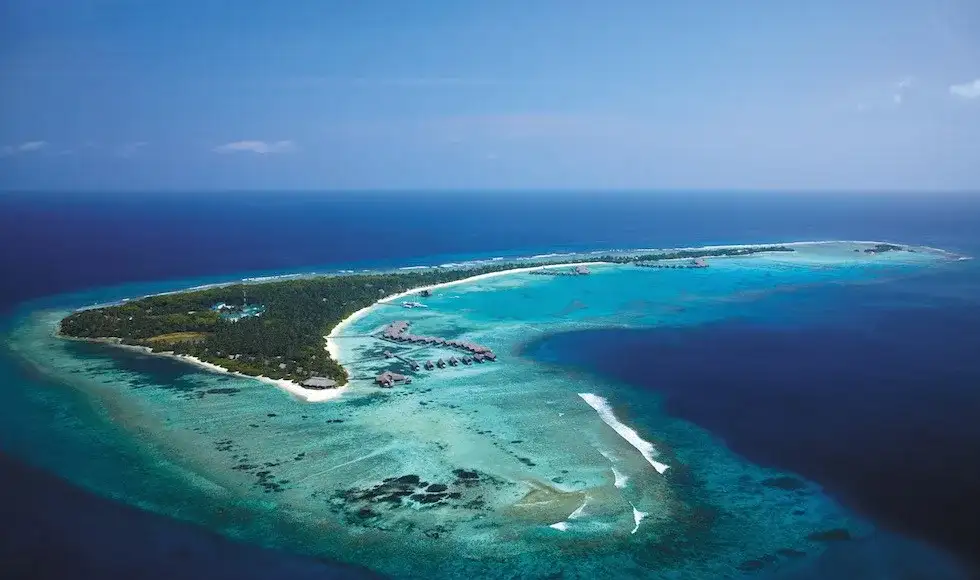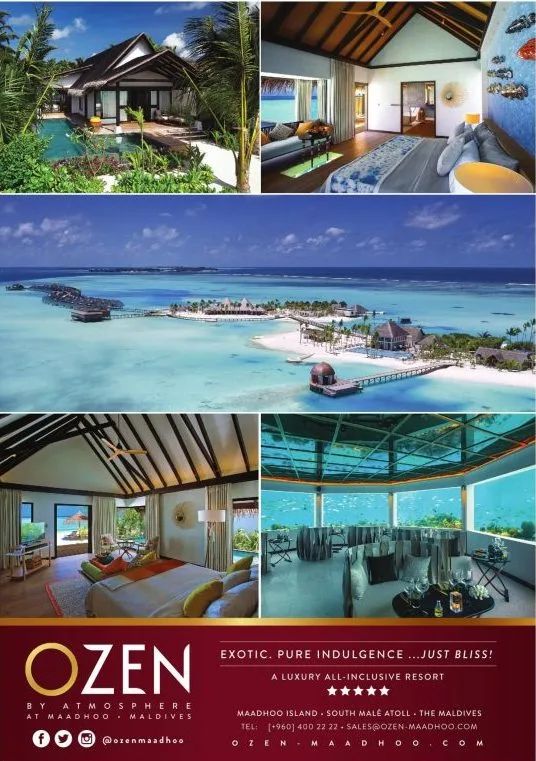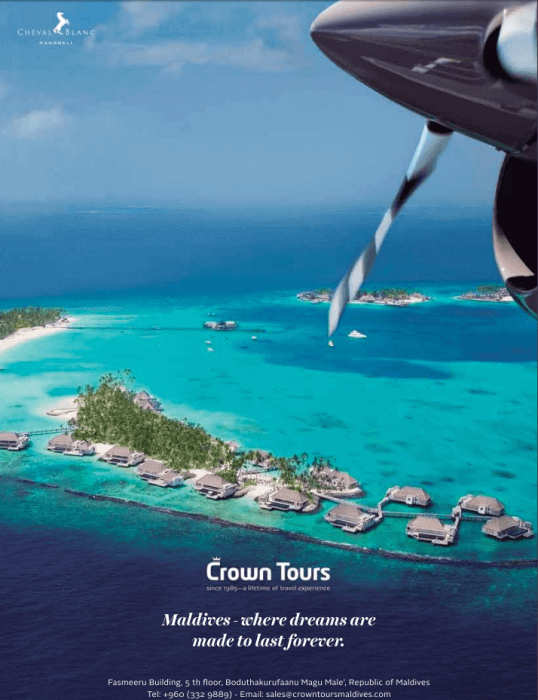Australian tourists require a valid passport for the duration of stay in Maldives. You can get a tourist visa on arrival for a period of 30 days at no cost. Tourist visas can be extended by up to 90 days by applying to the immigration department.
Given an average temperature of 30 degree Celsius and the likelihood that you’ll be spending a good part of your day outside, it is best to carry sunblock, aftersun lotions and hats. A first-aid box with plasters will come in handy for small cuts from walking on dead corals. Light cotton clothes, swimwear (with cover ups) and casual clothing will keep your bags light so you can pack in the important stuff like your snorkelling equipment (it is more expensive to buy or rent them at your resort), underwater camera and other photo equipment.
If you have to take medication on a regular basis, carry along certified copies of your prescription just to be on the safe side. You cannot carry alcohol or cigarettes into the country. To save money on buying mineral water, juices and sodas – which are quite pricey in the Maldives – you can carry them along.
The Maldivian currency is the rufiya, further divided into 100 larees. Coins are in denominations of 1 and 2 rufiya, and 10, 25 and 50 larees; notes are in denominations of 2, 5, 10, 20, 50, 100 and 500 rufiya. The rufiya is pegged to the U.S dollar, and you’ll be billed in dollars at most hotels and resorts. While there is a preference for U.S dollars, you can make cash, travellers cheque or credit card payments in all major currencies. If you plan to use an ATM, keep in the mind that only Male has a handful of them, with only some allowing international fund withdrawal



